Tenth District Energy Activity Fell Moderately – Federal Reserve Bank of Kansas City

Q2 2025 Energy Sector Analysis: Tenth District Performance and Sustainable Development Implications
A report on the second quarter of 2025 indicates a moderate decline in energy activity within the Tenth District. The findings highlight critical challenges and opportunities related to the United Nations Sustainable Development Goals (SDGs), particularly concerning energy affordability, economic growth, and climate action. Projections for the next six months suggest a stagnant period, with firms identifying key price points necessary for profitability and growth.
Executive Summary of Key Findings
- Economic Activity: The drilling and business activity index fell to -17, signaling a contraction that impacts regional progress towards SDG 8 (Decent Work and Economic Growth).
- Profitability and Investment: Declining revenues and profits, coupled with reduced capital expenditure plans, pose a risk to investment in infrastructure and innovation, which is central to SDG 9 (Industry, Innovation, and Infrastructure).
- Energy Pricing: The price thresholds for profitability ($64/barrel for oil, $3.79/Mbtu for gas) underscore the market volatility affecting SDG 7 (Affordable and Clean Energy).
- Employment: A quarterly decrease in the employment index (-7) presents a challenge to SDG 8, despite positive year-over-year figures.
Quarterly Performance Indicators and Economic Impact
Drilling, Revenue, and Profitability
Energy activity in the Tenth District experienced a notable downturn in Q2 2025, reversing the modest growth observed in the previous quarter. This contraction affects the sector’s ability to contribute to stable economic growth as outlined in SDG 8.
- Drilling and Business Activity Index: The index dropped from 6 in Q1 to -17 in Q2. The year-over-year index also remained negative at -17.
- Revenues and Profits: Both indicators continued to decline, with indexes of -10 for revenues and -17 for profits, reflecting significant financial pressure on firms.
- Capital Expenditures: Year-over-year capital expenditures saw a slight decline with an index of -3, suggesting cautious investment which could slow the transition to more sustainable practices under SDG 9.
Employment and Decent Work (SDG 8)
The survey reveals a mixed outlook for employment, a core component of SDG 8. While short-term indicators are negative, the annual perspective shows resilience.
- The quarterly employment index decreased to -7, indicating recent job contraction.
- In contrast, the year-over-year employment index remained positive at 24, suggesting that long-term hiring has continued despite recent downturns.
- Future expectations for employment and employee hours are negative, signaling potential challenges for regional job security.
Future Outlook: Investment and Energy Transition
Six-Month Projections
Firms do not anticipate a recovery in the near term. The future activity index plummeted from 21 to 0, indicating a neutral to negative outlook. This stagnation has direct implications for advancing the energy sector’s sustainability profile.
- Capital Expenditures: A projected decline in capital spending will limit firms’ capacity to invest in cleaner technologies and more efficient infrastructure, hindering progress towards SDG 7 and SDG 9.
- Revenues: Minimal revenue growth is expected, further constraining investment.
- Employment: Expected declines in employment and hours worked challenge the goal of providing stable and decent work (SDG 8).
Capital Expenditure Plans for 2025
Changes in capital expenditure plans since the beginning of the year reflect a contractionary stance, impacting the industry’s ability to innovate and build resilient infrastructure (SDG 9).
- Decreased Spending: 46% of firms reported decreasing their capital expenditure plans.
- Unchanged Spending: 43% of firms reported no change in their plans.
- Increased Spending: Only 11% of firms plan to increase capital expenditures.
Price Analysis: Implications for SDG 7 (Affordable and Clean Energy)
Profitability and Growth Thresholds
The price levels required for drilling profitability and expansion are critical for ensuring a stable energy supply, a key target of SDG 7. The current market environment presents challenges to achieving this stability.
- Oil Prices: An average price of $64 per barrel is needed for drilling to be profitable. A substantial increase in activity would require prices to reach $83 per barrel.
- Natural Gas Prices: An average price of $3.79 per million Btu is needed for profitability. A substantial increase in drilling requires a price of $5.01 per million Btu.
Market Expectations and the Role of Natural Gas
Future price expectations remain moderate, suggesting that the high prices needed for a substantial increase in drilling may not be met soon. However, commentary from firms highlights a strategic shift relevant to SDG 7 and SDG 13 (Climate Action).
- Firms noted that “Natural gas will need to be utilized more in order to generate electricity. Natural gas is cleaner burning than coal and abundant.”
- This perspective aligns with the goals of transitioning to cleaner energy sources, as increased natural gas utilization for power generation can help reduce emissions compared to coal.
1. Which SDGs are addressed or connected to the issues highlighted in the article?
SDG 7: Affordable and Clean Energy
- The article is an energy survey focused on the oil and natural gas sector. It directly discusses the economic conditions, such as prices, required for energy production. This relates to the affordability and reliability of the energy supply. It also mentions natural gas as a “cleaner burning” alternative to coal, touching upon the “clean energy” aspect of the goal.
SDG 8: Decent Work and Economic Growth
- The article extensively covers economic indicators within the energy industry, such as the “drilling and business activity index,” “Revenues,” “profit,” and “Capital expenditures.” It also explicitly tracks employment trends, with mentions of the “employment index” decreasing quarterly but increasing annually. These are direct measures of economic activity and job creation, which are central to SDG 8.
SDG 12: Responsible Consumption and Production
- The article touches on the management of natural resources. It discusses firms’ inventory strategies, supply and demand imbalances, and concerns about future resource availability due to a “lack of global exploration.” This relates to the sustainable management and efficient use of natural resources as outlined in SDG 12.
2. What specific targets under those SDGs can be identified based on the article’s content?
SDG 7: Affordable and Clean Energy
- Target 7.1: By 2030, ensure universal access to affordable, reliable and modern energy services. The article’s focus on the prices needed for drilling to be profitable ($64/barrel for oil, $3.79/Mbtu for gas) and to increase substantially ($83/barrel, $5.01/Mbtu) directly relates to the economic viability of the energy supply, which in turn affects its affordability and reliability for consumers. The statement “Energy demand is still increasing, and output is stagnating due to a downturn in investment” highlights challenges to maintaining a reliable supply.
- Target 7.a: By 2030, enhance international cooperation to facilitate access to clean energy research and technology… and promote investment in energy infrastructure and clean energy technology. The article’s data on “Capital expenditures” reflects investment in energy infrastructure. The quote, “Natural gas will need to be utilized more in order to generate electricity. Natural gas is cleaner burning than coal and abundant,” points to a shift in the energy mix towards cleaner sources, a key component of this target.
SDG 8: Decent Work and Economic Growth
- Target 8.1: Sustain per capita economic growth in accordance with national circumstances. The article provides several metrics that measure economic activity in the energy sector, including the “drilling and business activity index” (-17), “Revenues” (-10), and “profit” (-17), all of which indicate a moderate decline in economic activity for the quarter.
- Target 8.5: By 2030, achieve full and productive employment and decent work for all. The article directly addresses employment by reporting on the “employment index,” which “decreased at -7” quarter-over-quarter but “continued to increase on an annual basis, staying at a reading of 24.” This provides a direct measure of job trends in the sector.
SDG 12: Responsible Consumption and Production
- Target 12.2: By 2030, achieve the sustainable management and efficient use of natural resources. The survey’s questions on inventory strategies (“19% of firms reported they have adjusted their strategy and have higher inventories”) and the commentary on “supply and demand imbalances” and potential future tightening of inventories “due to lack of global exploration” are directly related to the management of oil and gas resources.
3. Are there any indicators mentioned or implied in the article that can be used to measure progress towards the identified targets?
Indicators for SDG 7
- Price of oil and natural gas: The article explicitly provides the average prices needed for drilling to be profitable (Oil: $64/barrel, Gas: $3.79/Mbtu) and for a substantial increase in drilling. These serve as direct indicators of energy production costs and affordability.
- Capital expenditures in the energy sector: The article reports on firms’ capital expenditure plans, with 46% reporting a decrease. This is a direct indicator of investment in energy infrastructure.
Indicators for SDG 8
- Drilling and business activity index: This diffusion index, reported as -17 for the quarter, is a direct measure of economic activity in the energy sector.
- Revenues and profits indexes: Reported as -10 and -17 respectively, these indexes measure the financial health and economic performance of the firms.
- Employment index: Reported as -7 quarterly and 24 annually, this index directly measures changes in employment levels in the sector.
Indicators for SDG 12
- Change in inventory levels: The article provides data on how firms have adjusted their inventory strategies (e.g., 19% have higher inventories, 70% have not adjusted). This serves as a proxy indicator for the management of resource stocks.
- Drilling activity index: This index (-17) can be used as a proxy for the rate of natural resource extraction.
4. Table of SDGs, Targets, and Indicators
| SDGs | Targets | Indicators Identified in the Article |
|---|---|---|
| SDG 7: Affordable and Clean Energy |
7.1: Ensure universal access to affordable, reliable and modern energy services.
7.a: Promote investment in energy infrastructure and clean energy technology. |
|
| SDG 8: Decent Work and Economic Growth |
8.1: Sustain per capita economic growth.
8.5: Achieve full and productive employment and decent work. |
|
| SDG 12: Responsible Consumption and Production | 12.2: Achieve the sustainable management and efficient use of natural resources. |
|
Source: kansascityfed.org

What is Your Reaction?
 Like
0
Like
0
 Dislike
0
Dislike
0
 Love
0
Love
0
 Funny
0
Funny
0
 Angry
0
Angry
0
 Sad
0
Sad
0
 Wow
0
Wow
0


















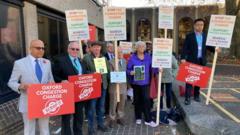












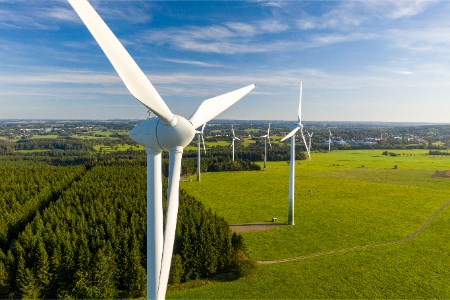
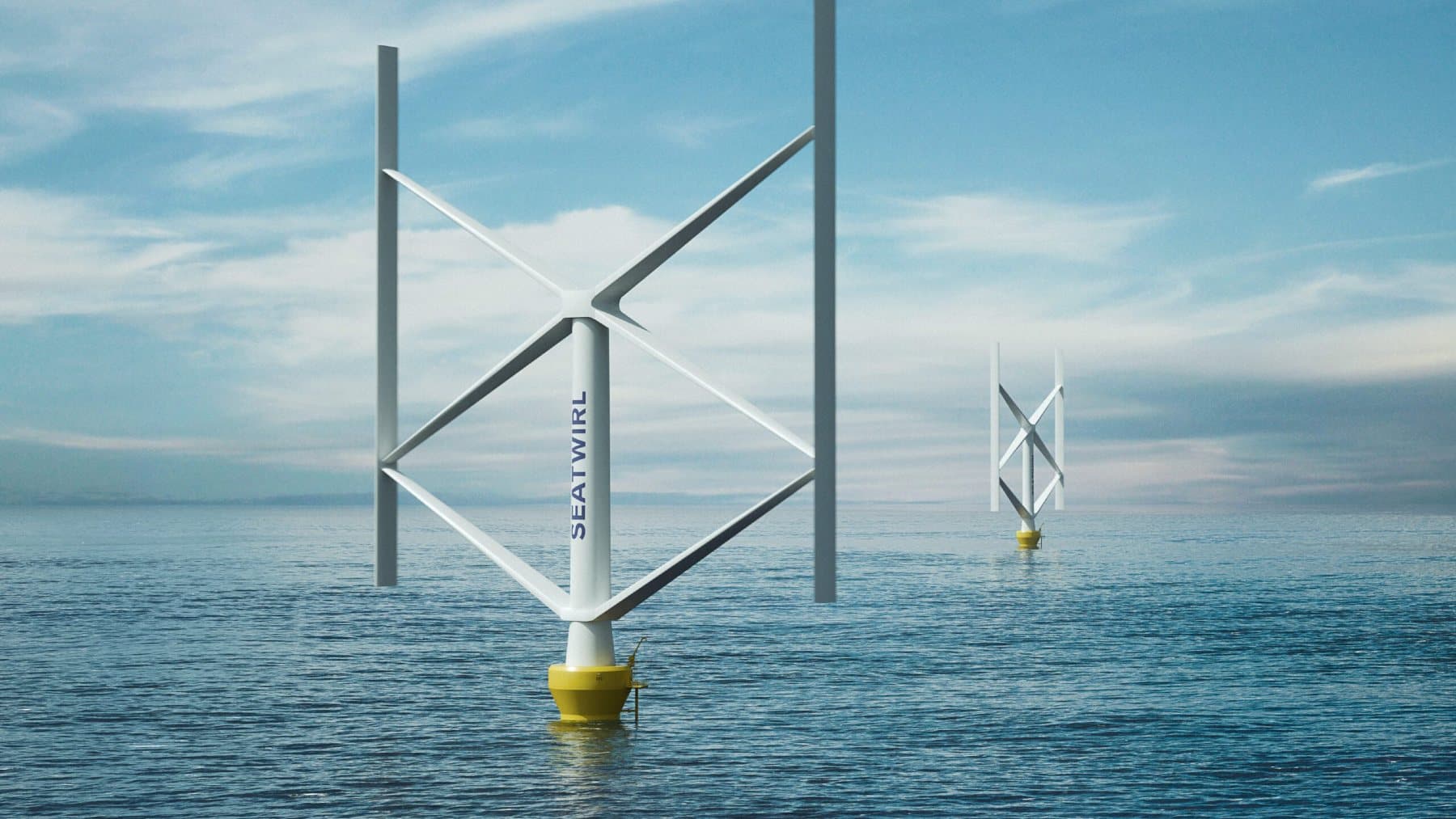




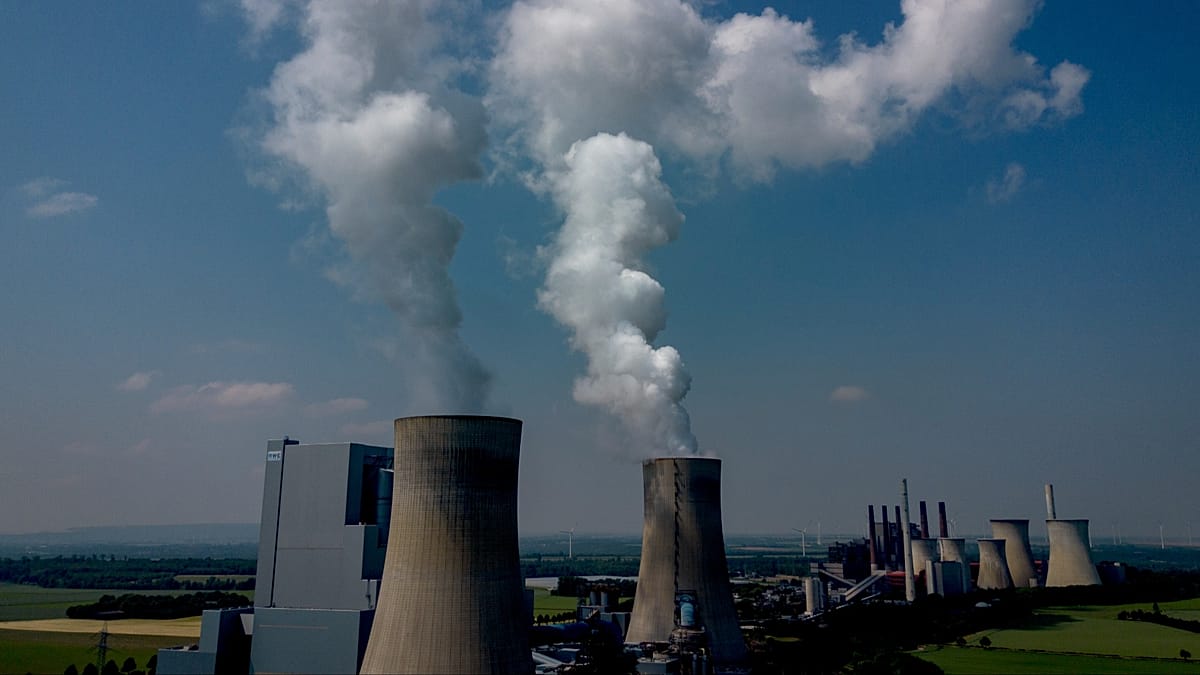



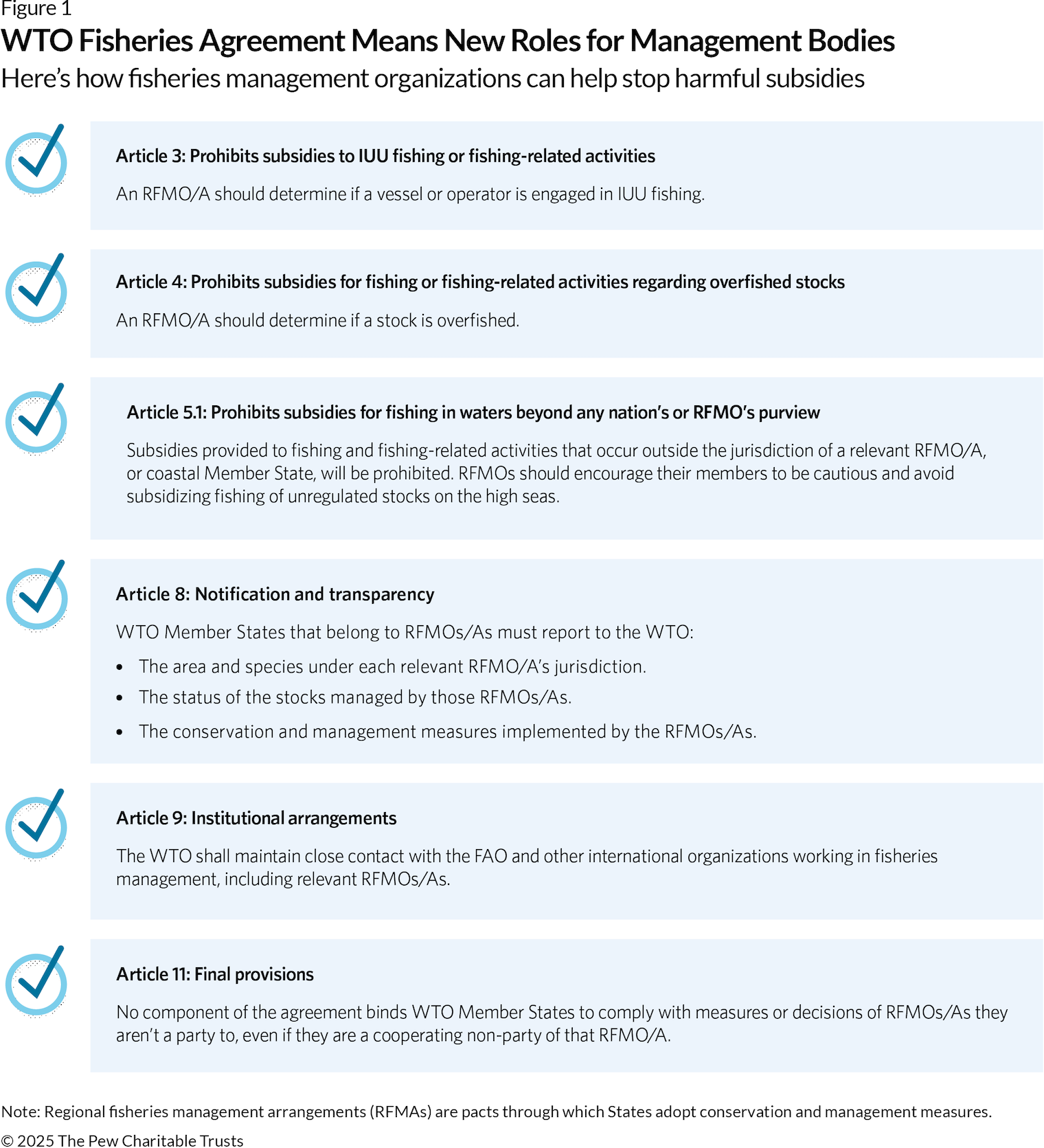

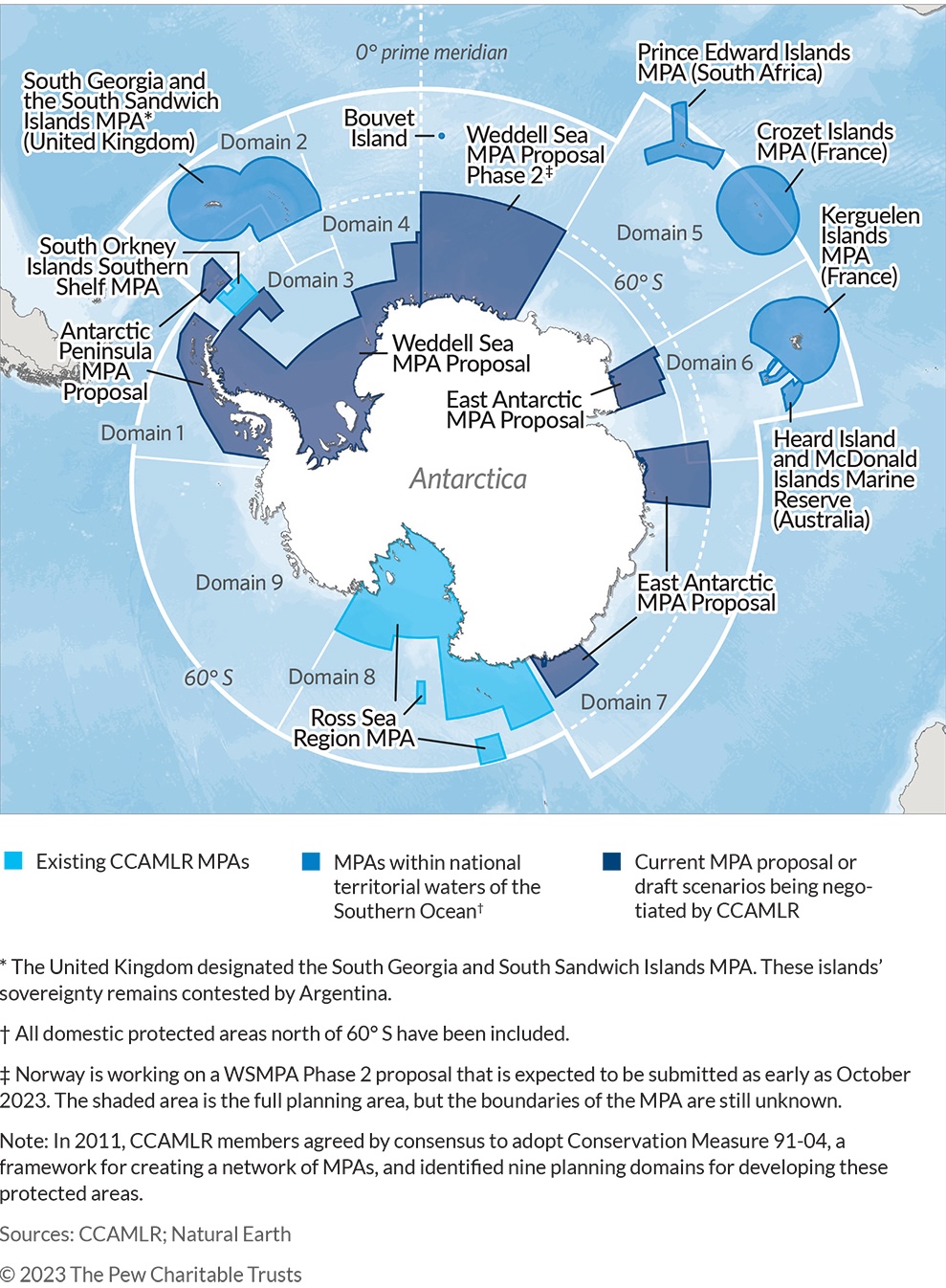


.jpg?h=50da7ea4&itok=DTgFLdpn#)





























